Tillandsia Pink Quill- air plant (single plant)
Original price was: ₹650.₹410Current price is: ₹410.
20 in stock
Description
In India, we can sell this Tillandsia Pink Quill- air plant (single plant) via online delivery systems to any states including Andhra Pradesh, Arunachal Pradesh, Assam, Bihar, Chhattisgarh, Goa, Gujarat, Haryana, Himachal Pradesh, Jammu & Kashmir, Jharkhand, Karnataka, Kerala, Madhya Pradesh, Maharashtra, Manipur, Meghalaya, Mizoram, Nagaland, Odisha (Orissa), Punjab, Rajasthan, Sikkim, Tamil Nadu, Telangana, Tripura, Uttar Pradesh, Uttarakhand, and West Bengal
The Tillandsia Pink Quill (Tillandsia cyanea) is a striking and popular air plant known for its vibrant, flat pink inflorescence that resembles a feather or quill—hence the name. It’s a member of the bromeliad family and differs from many other air plants in that it can be grown potted in soil or mounted like traditional epiphytic Tillandsia.
🌸 Botanical Info
-
Scientific Name: Tillandsia cyanea
-
Common Name: Pink Quill Plant
-
Family: Bromeliaceae (bromeliad family)
🌿 Plant Characteristics
-
Leaves: Long, narrow, arching green leaves form a rosette.
-
Inflorescence: Distinctive, pink bract (the “quill”) that can last for 1–3 months. From it, small purple or violet flowers may emerge briefly.
-
Growth Habit: Forms small clumps over time. Mature size is about 10–12 inches tall.
🌤️ Growing Conditions
-
Light: Bright, indirect light is best. Avoid harsh midday sun, which can scorch the plant.
-
Soil (optional): Though an air plant, T. cyanea can grow in a well-draining orchid mix or even plain bark. It’s one of the few air plants that tolerates soil.
-
Humidity: Prefers moderate to high humidity. Mist regularly or use a humidity tray.
-
Watering:
-
If mounted: Soak or mist 2–3 times per week.
-
If potted: Water the soil lightly when almost dry—do not let it sit soggy.
-
Always allow the center rosette to dry to avoid rot.
-
-
Temperature: Warm, indoor temperatures 60–85°F (16–29°C). Protect from frost.
🌿 Care Tips
-
No fertilizer is strictly necessary, but occasional feeding (diluted bromeliad or orchid fertilizer) during the growing season can help.
-
Once the pink bract fades, the plant will slowly die, but it often produces “pups” (offsets) at the base for propagation.
-
Remove pups when they are about 1/3–1/2 the size of the parent plant and replant or mount them.
🪴 Best Uses
-
Great for tabletop displays, windowsills, or mounted décor in well-lit rooms.
-
Pairs beautifully with driftwood, cork bark, or decorative pots.
Only logged in customers who have purchased this product may leave a review.

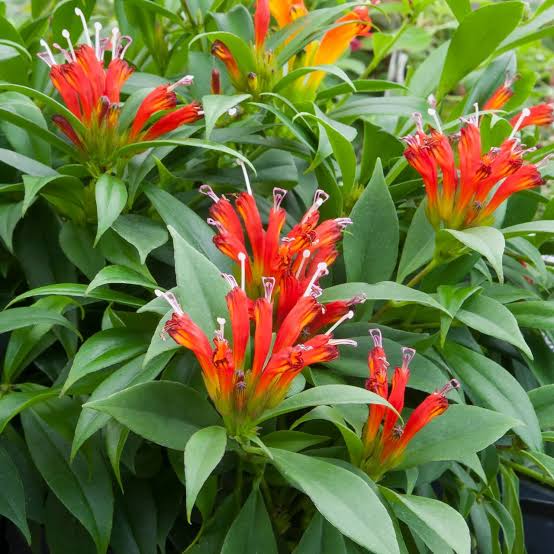
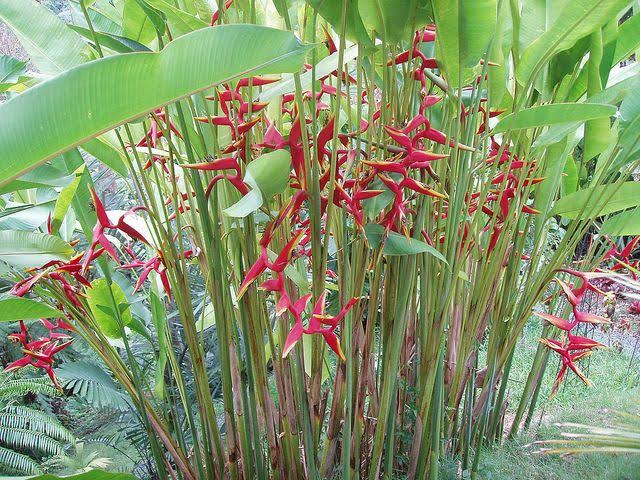
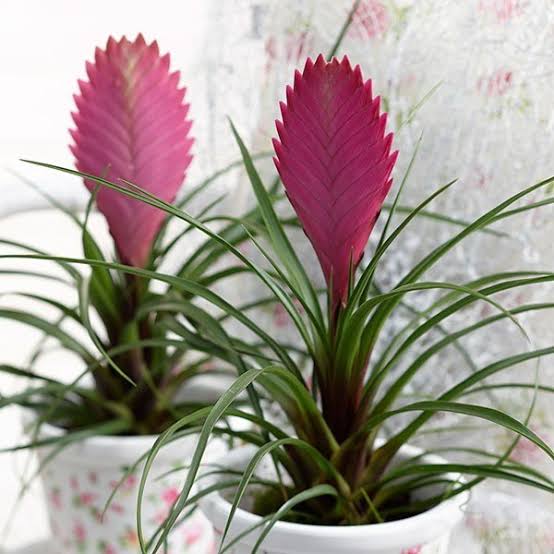
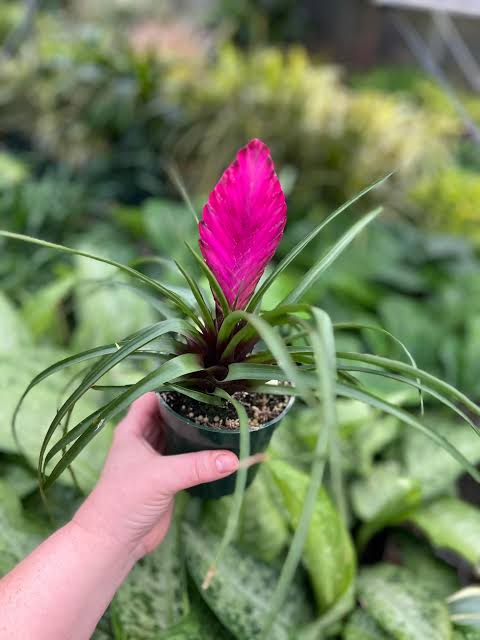
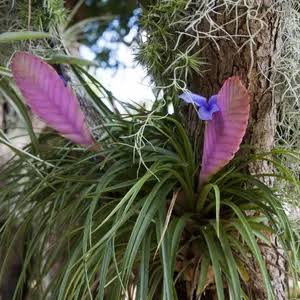
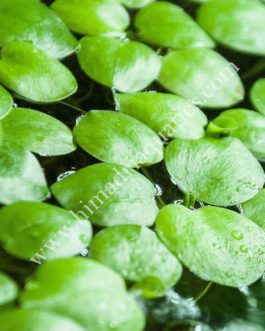
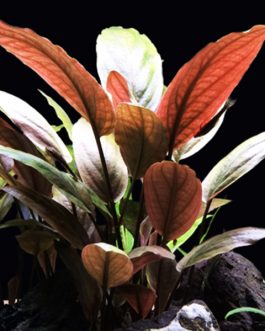
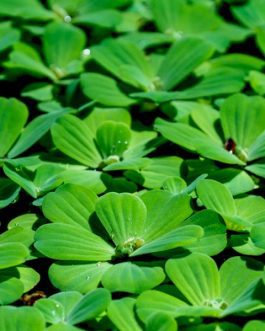
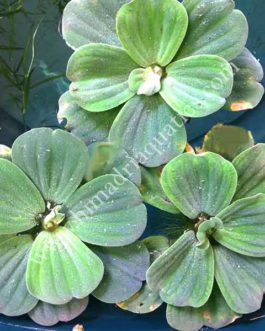
Reviews
There are no reviews yet.